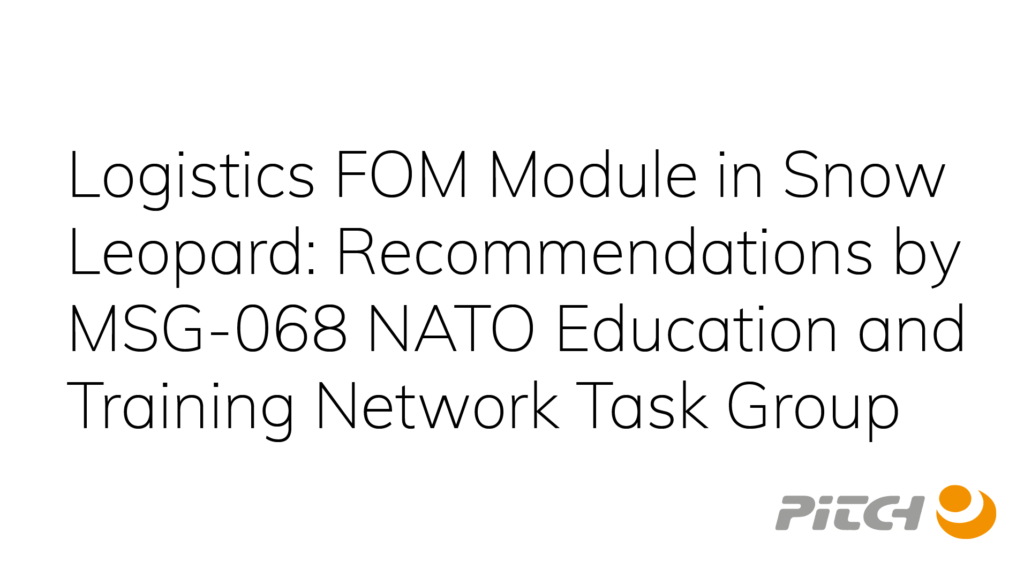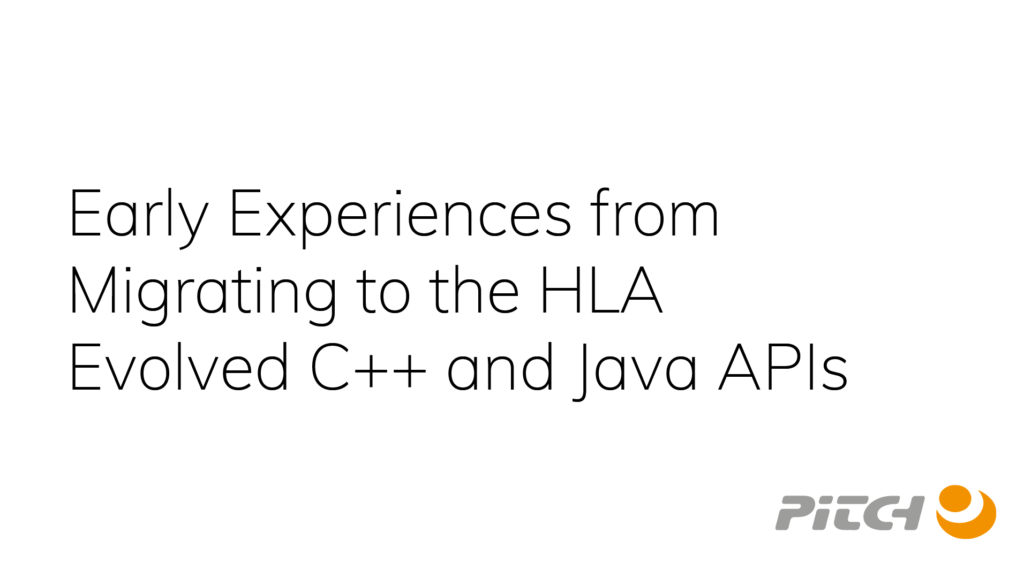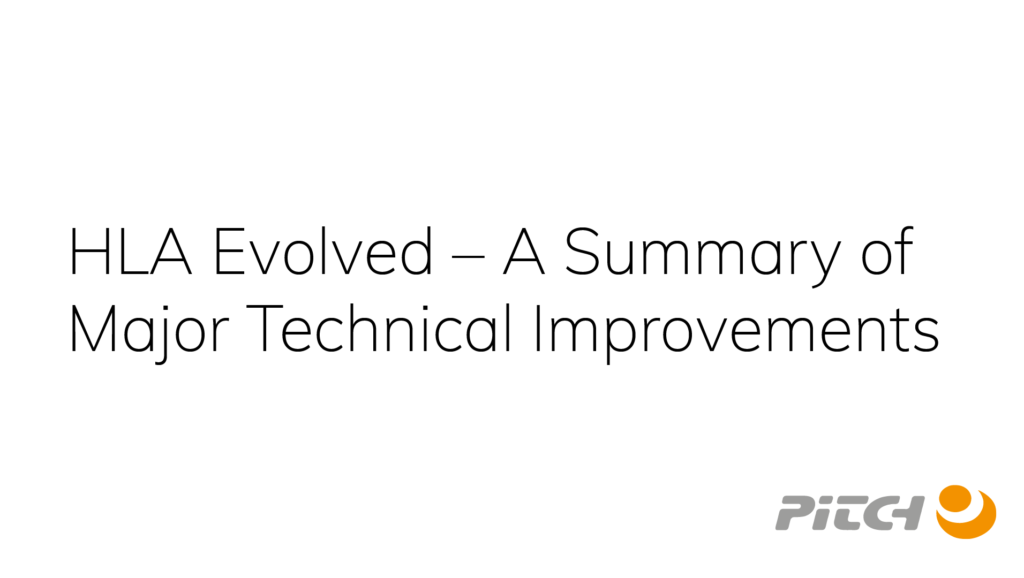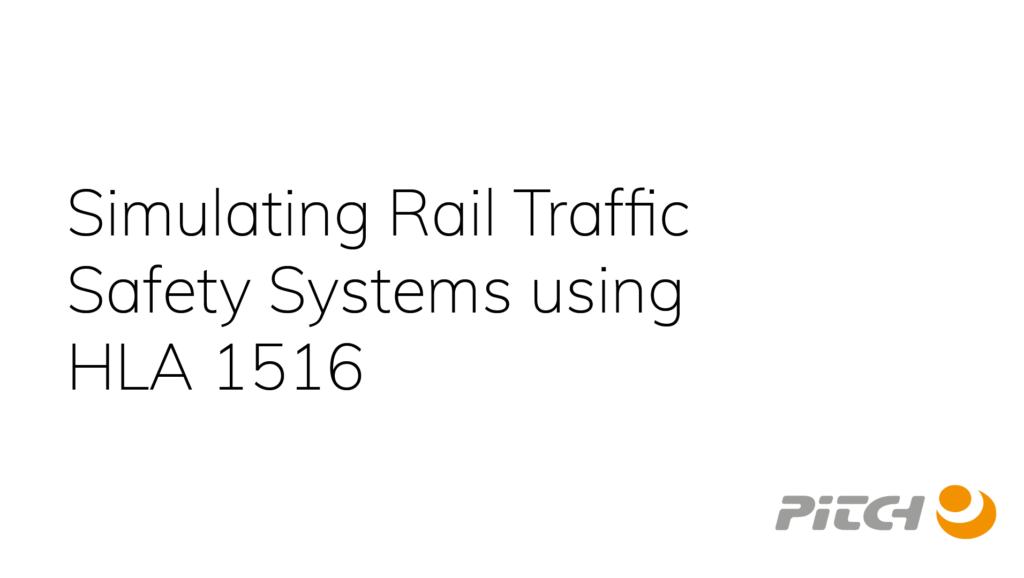
Object-Oriented HLA – Does One Size Fit All?
ABSTRACT: The HLA RTI is accessed using a standard service API that is independent of application domain. A popular approach to simplify the use of HLA is to hand-code, or to generate an object-oriented RTImiddleware with an API that closely matches a specific FOM. This is informally known as Object





